The photo of the week series is a weekly series featuring photos taken by our academics and students for our Research Photography Competition, which provides a snapshot of some of the incredible research undertaken across the BU community.
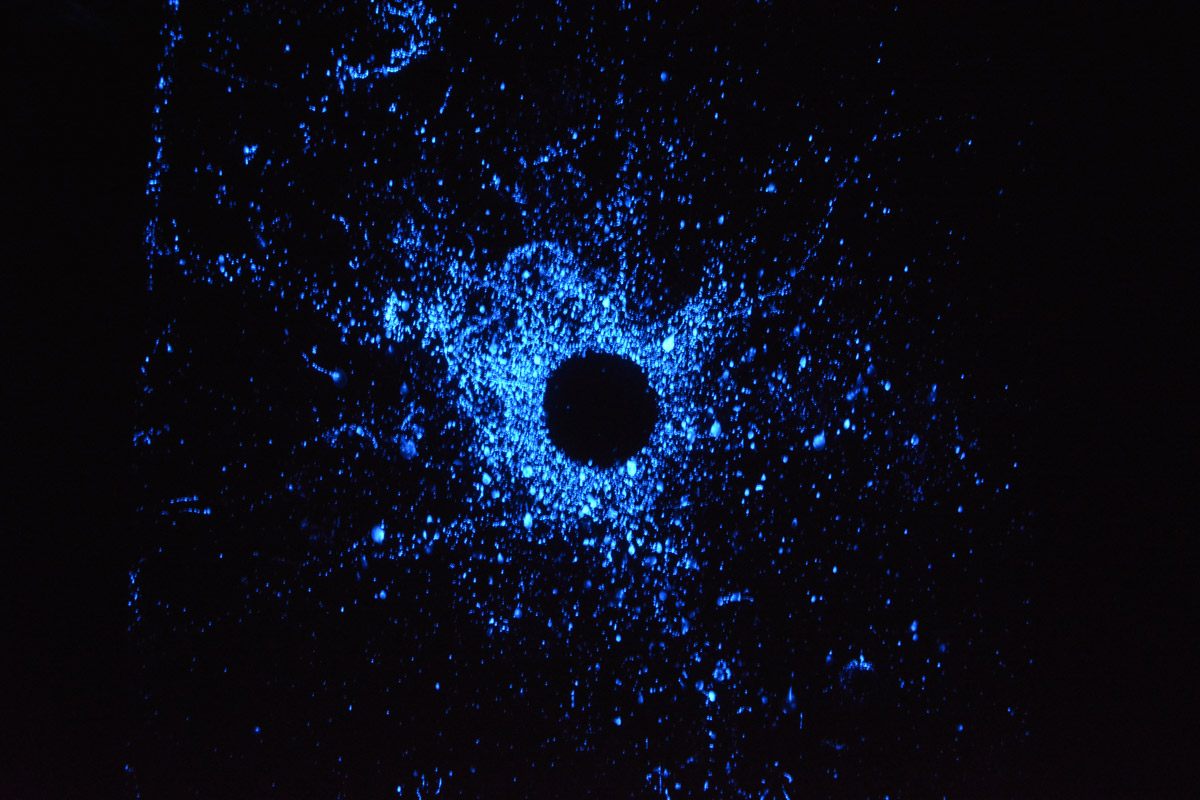
This week’s photo of the week, ‘Post-feeding Blood pattern comprised of the artefacts of the blowfly Calliphora vicina enhanced with Bluestar,’ is by the winner of this years Research Photography Competition, Christopher Dwen, a TTO Demonstrator In Forensic Science.
Blowflies have a high affinity for some bodily fluids such as blood, semen and saliva when other food sources are absent. For this reason, they are frequently found at crime scenes if they have access through open doors or windows.
Because some foods are difficult for a fly to breakdown in their pure forms, it first uses the proboscis (mouth parts) to draw it up, which it then mixes with digestive enzymes to break it down. This food is then expelled, again via the proboscis, and returned to at a later time when it is more easily consumed. Often, this type of feeding behaviour will leave ‘spotting’ stains on a surface as the fly dabs a surface with the proboscis following ‘bubbling’, which involves the fly repeatedly expelling and reabsorbing a bubble of regurgitated liquid (in this case, blood) from its proboscis.
The attached image is of a bloodstain pattern created entirely by just five blowflies (Calliphora vicina), and then enhanced with Bluestar® Forensic latent bloodstains reagent. A petri dish of horse blood in the centre of the pattern was the food source, and the resulting pattern shows the density and distribution on deposited fly artefacts in relation to that source.
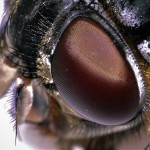 Photo of the Week: The Compound Eye of Calliphora Vomitoria (a bluebottle fly)
Photo of the Week: The Compound Eye of Calliphora Vomitoria (a bluebottle fly)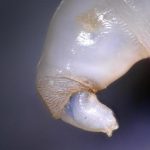 Photo of the Week: Sherlock’s Window- In search of an odourless growth medium
Photo of the Week: Sherlock’s Window- In search of an odourless growth medium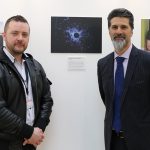 Congratulations to the winners of 2019’s Research Photography Competition.
Congratulations to the winners of 2019’s Research Photography Competition.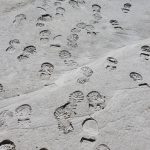 Photo of the Week: Tracks in the sand- tracking criminals
Photo of the Week: Tracks in the sand- tracking criminals










 New Nepal scoping review on maternal & neonatal health
New Nepal scoping review on maternal & neonatal health Fourth INRC Symposium: From Clinical Applications to Neuro-Inspired Computation
Fourth INRC Symposium: From Clinical Applications to Neuro-Inspired Computation Writing policy briefs
Writing policy briefs Upholding Excellence: The Concordat to Support Research Integrity
Upholding Excellence: The Concordat to Support Research Integrity ECR Funding Open Call: Research Culture & Community Grant – Application Deadline Friday 12 December
ECR Funding Open Call: Research Culture & Community Grant – Application Deadline Friday 12 December MSCA Postdoctoral Fellowships 2025 Call
MSCA Postdoctoral Fellowships 2025 Call ERC Advanced Grant 2025 Webinar
ERC Advanced Grant 2025 Webinar Horizon Europe Work Programme 2025 Published
Horizon Europe Work Programme 2025 Published Horizon Europe 2025 Work Programme pre-Published
Horizon Europe 2025 Work Programme pre-Published Update on UKRO services
Update on UKRO services European research project exploring use of ‘virtual twins’ to better manage metabolic associated fatty liver disease
European research project exploring use of ‘virtual twins’ to better manage metabolic associated fatty liver disease